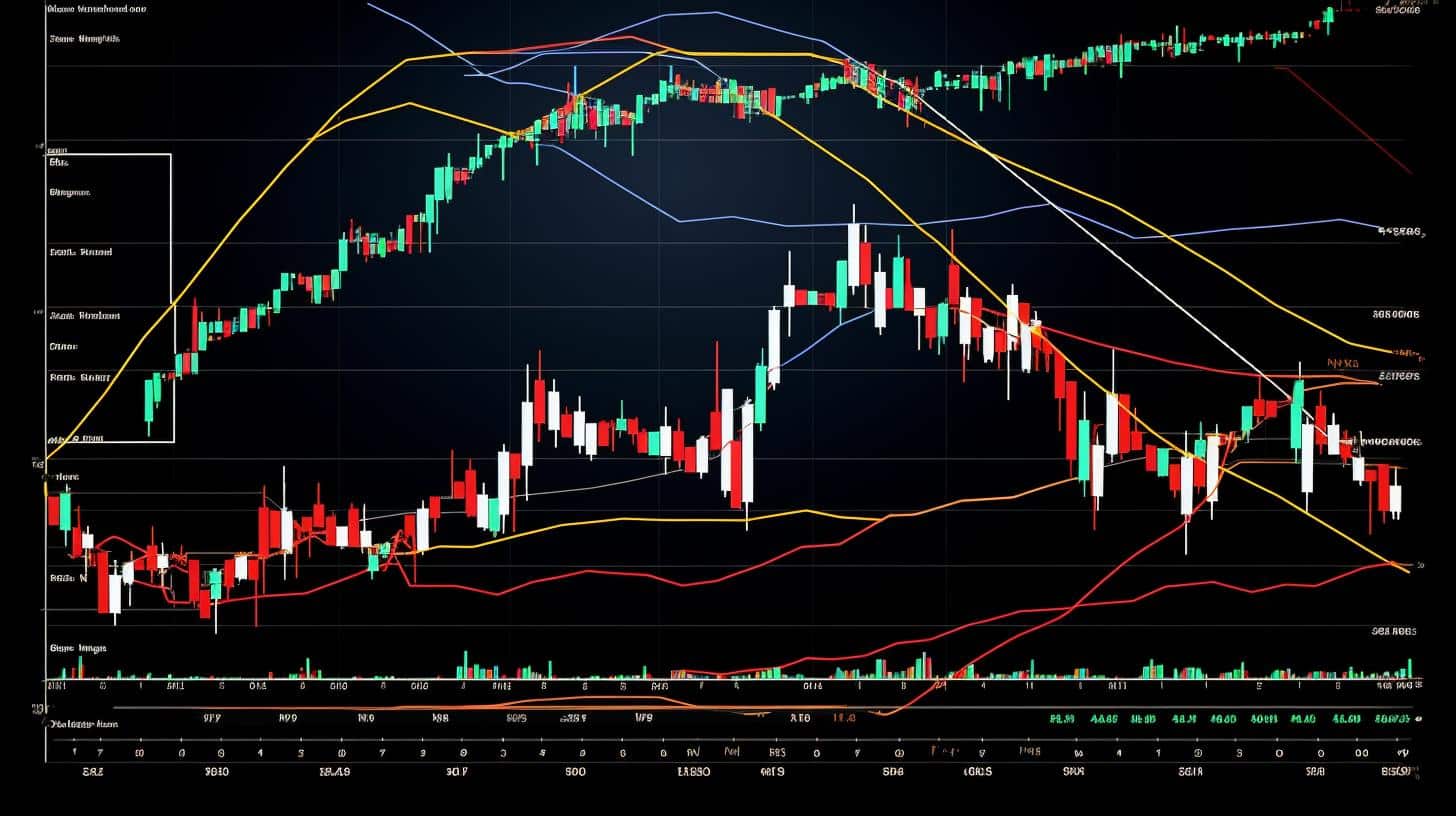Zoom vs. Cisco Webex: Video Conferencing Solutions SWOT Comparison
As remote work and virtual meetings become the new normal, the demand for video conferencing solutions has skyrocketed. Two major players in this market are Zoom and Cisco Webex. To determine which solution reigns supreme, let’s conduct a comprehensive SWOT (Strengths, Weaknesses, Opportunities, and Threats) analysis of both platforms.
Strengths: How Zoom and Cisco Webex Excel in the Video Conferencing Market
Zoom has gained immense popularity due to its user-friendly interface and seamless performance. Its strengths lie in its ease of use, high-quality video, and audio capabilities. Zoom also offers a wide range of features like screen sharing, virtual backgrounds, and recording options, making it a favorite among individuals and businesses alike.
On the other hand, Cisco Webex boasts a robust infrastructure and a strong presence in the enterprise market. Its integration with other Cisco products, such as collaboration tools and security solutions, gives it an edge. Webex excels in providing advanced security features, end-to-end encryption, and compliance with industry regulations, making it the preferred choice for organizations with stringent security requirements.
Weaknesses: Areas Where Zoom and Cisco Webex Fall Short in the Battle for Dominance
Despite its popularity, Zoom has faced criticism for its security vulnerabilities. Several incidents of “Zoom bombing” and data privacy concerns have raised questions about the platform’s reliability. Another weakness of Zoom is its limitations in large-scale meetings, where the performance can be affected due to bandwidth constraints.
Cisco Webex, although a reliable solution, has its shortcomings as well. Users have reported issues with user interface and overall user experience. Compared to Zoom, Webex may not be as intuitive, especially for less tech-savvy users. Moreover, it lacks some of the advanced features offered by Zoom, which may deter users looking for a more comprehensive video conferencing solution.
Opportunities: The Potential Growth Avenues for Zoom and Cisco Webex in the Evolving Landscape
The ongoing shift towards remote work and virtual collaboration presents significant opportunities for Zoom and Cisco Webex. They can capitalize on this trend by enhancing their services further and catering to the evolving needs of businesses and individuals. For instance, integrating with other productivity tools, developing better mobile apps, and investing in AI and machine learning technologies can help improve the overall user experience and differentiate their offerings in the market.
Additionally, both platforms can explore partnerships and collaborations to expand their reach and tap into new markets. With the rise of hybrid work models, where teams work partly from home and partly from the office, there is a growing need for seamless integration between video conferencing solutions and physical meeting spaces. Zoom and Webex can leverage this opportunity to establish themselves as go-to solutions for both virtual and in-person meetings.
Threats: Challenges and Competitors that Zoom and Cisco Webex Must Overcome to Maintain their Positions
The video conferencing market is highly competitive, and both Zoom and Cisco Webex face threats from various competitors. Microsoft Teams, Google Meet, and other established players offer tough competition with their integrated suites of collaboration tools. These competitors have the advantage of bundling their video conferencing solutions with other popular productivity applications, making it difficult for Zoom and Webex to retain customers.
Moreover, as demand for video conferencing grows, new entrants may emerge, introducing innovative features and disrupting the market. Zoom and Webex must stay agile and adapt quickly to shifting customer demands and evolving technological trends to stay ahead of the competition.
In conclusion, both Zoom and Cisco Webex have their strengths and weaknesses in the video conferencing market. Zoom excels in user-friendliness and feature-rich offerings, while Webex provides enhanced security and integration capabilities. To maintain their positions, they must capitalize on the opportunities presented by remote work and hybrid collaboration models, while also staying vigilant against the threats posed by competitors and evolving technologies.













